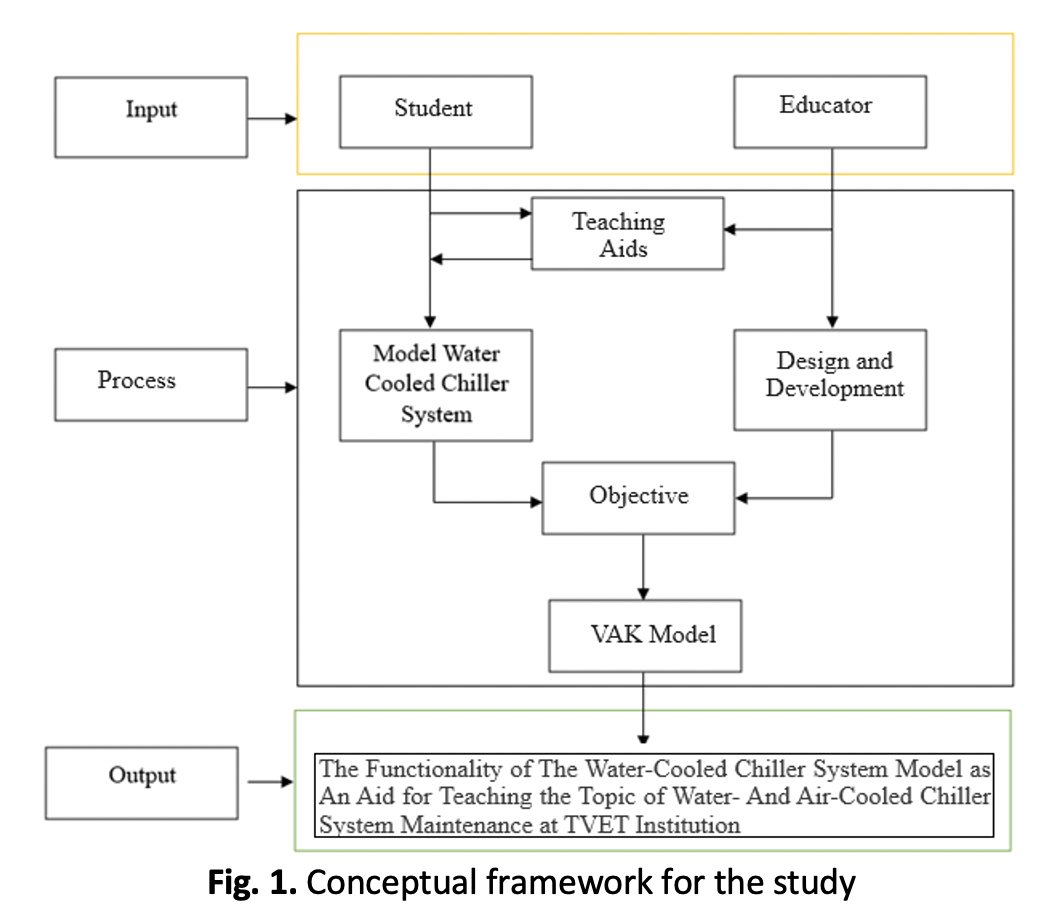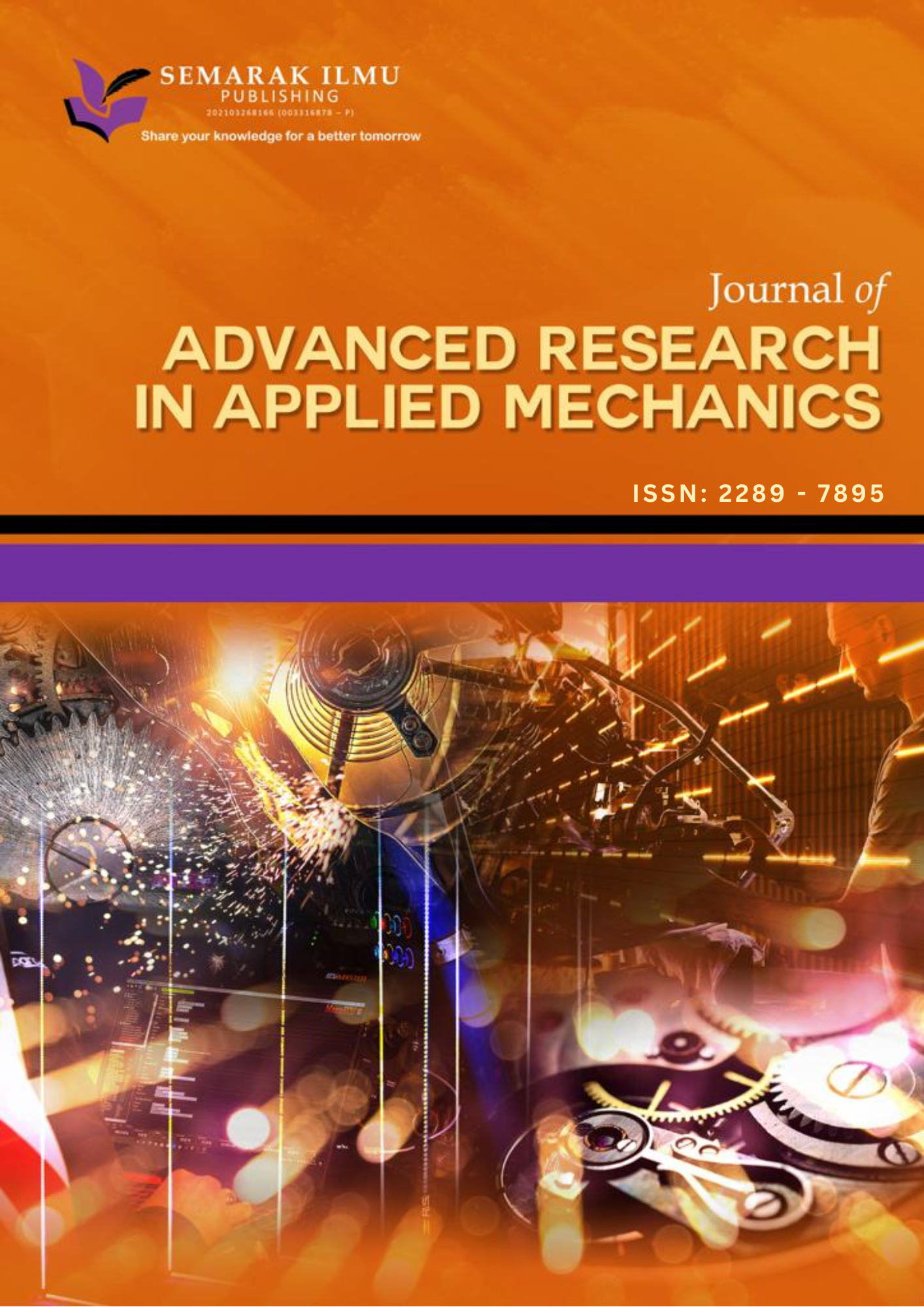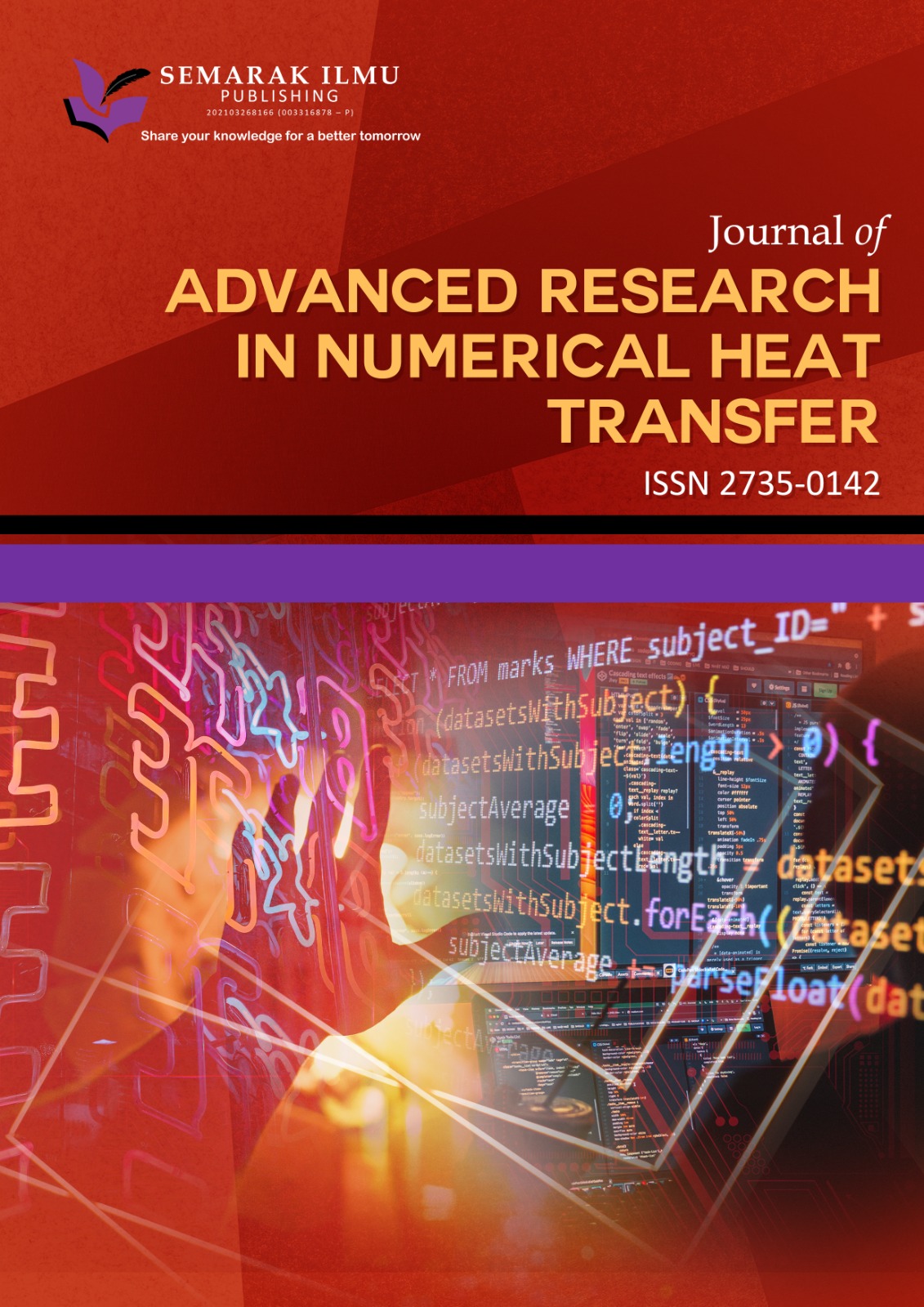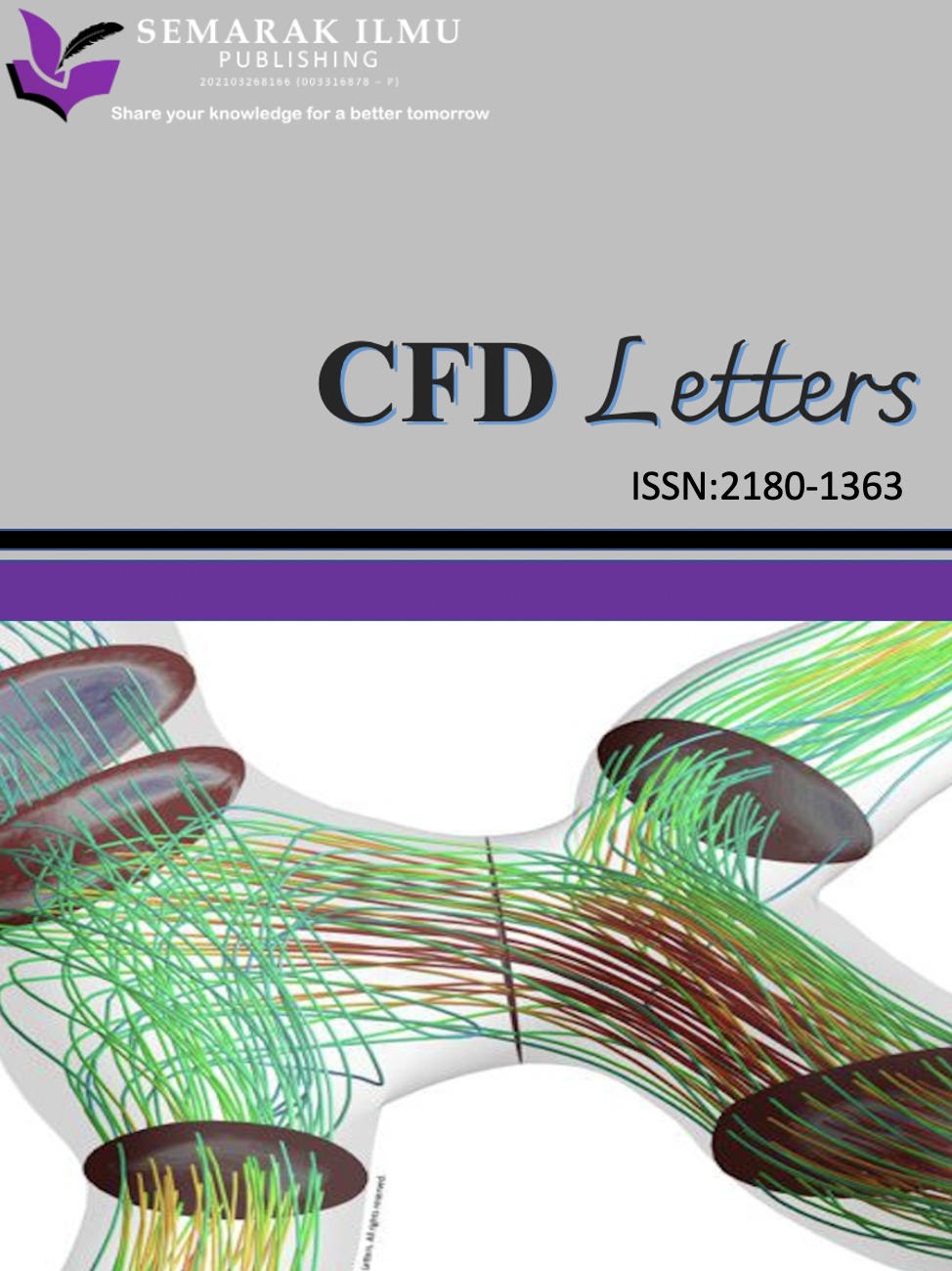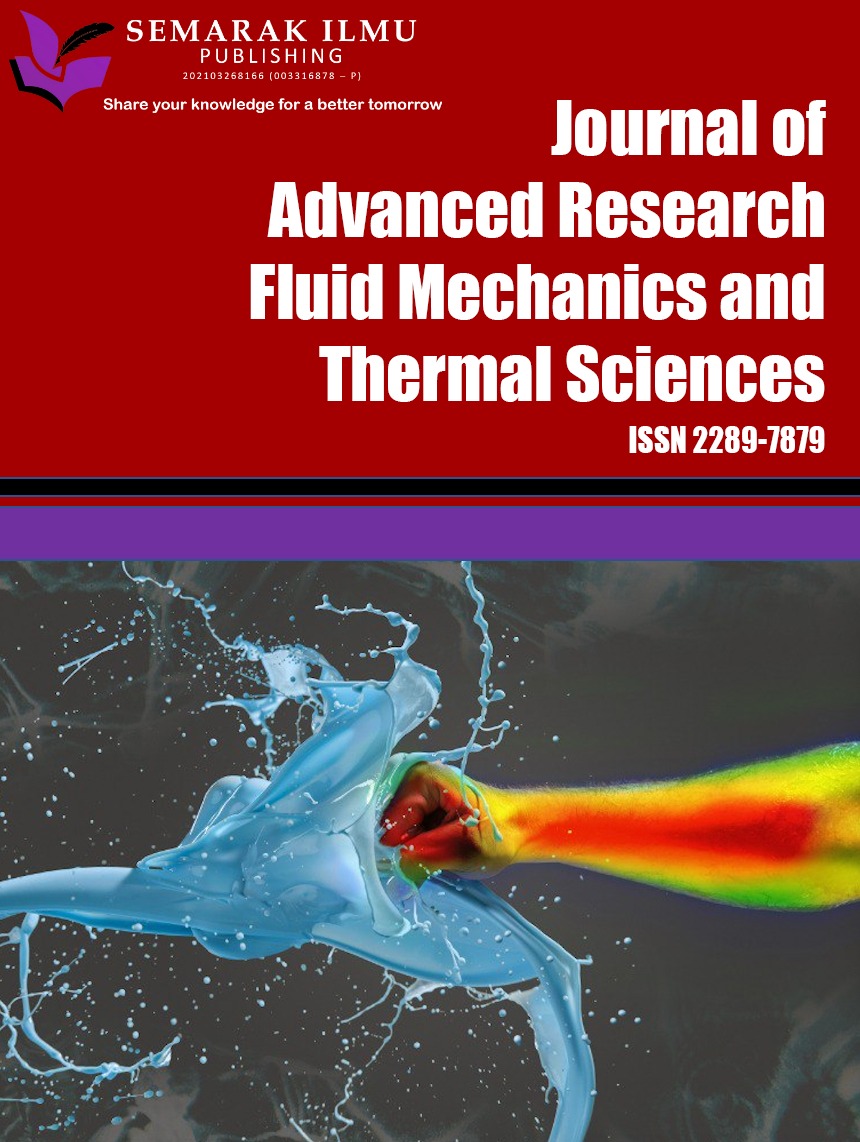Bridging Gaps in HVAC Education: A Comprehensive Approach to Water-Cooled Chiller System Modelling with TVET and VAK Integration
DOI:
https://doi.org/10.37934/ard.140.1.176189Keywords:
Technical and Vocational Education and Training (TVET), VAK learning styles, ADDIE modelAbstract
Educators must be imaginative in using instructional resources that align with the latest technological breakthroughs due to the rapid progress of technology in the field of education. Technical and Vocational Education and Training (TVET) for refrigeration and air conditioning is advancing to keep up with technological developments in the area. However, it is usually challenging to invest a significant amount of money on refrigeration and air conditioning equipment for educational sessions. Therefore, researcher has designed and developed a water-cooled chiller system model to address the issues that arose, to be used as an educational tool during teaching and learning sessions. The design and development research (DDR) for this model used the ADDIE approach, consisting of five primary elements: Analysis, Design, Development, Implementation, and Evaluation, for the creation of the Water-Cooled Chiller System Model. The approach is based on Visual, Auditory, and Kinaesthetic (VAK) learning styles, with the goal of improving learning experiences for students and teachers. A questionnaire was utilized as the study instrument, and the research involved a sample of three experts in the field of refrigeration and air conditioning. An industry expert and two lecturers specializing in refrigeration and air conditioning assessed the suitability analysis of the content design, interaction design of the Water-Cooled Chiller System model, and the functionality of the contest. Ultimately, the design and development of this water-cooled chiller system model can positively influence teaching and learning sessions. The researcher has successfully created a water-cooled chiller system model to improve the educational experience for teachers and students utilizing this teaching approach.
Downloads
